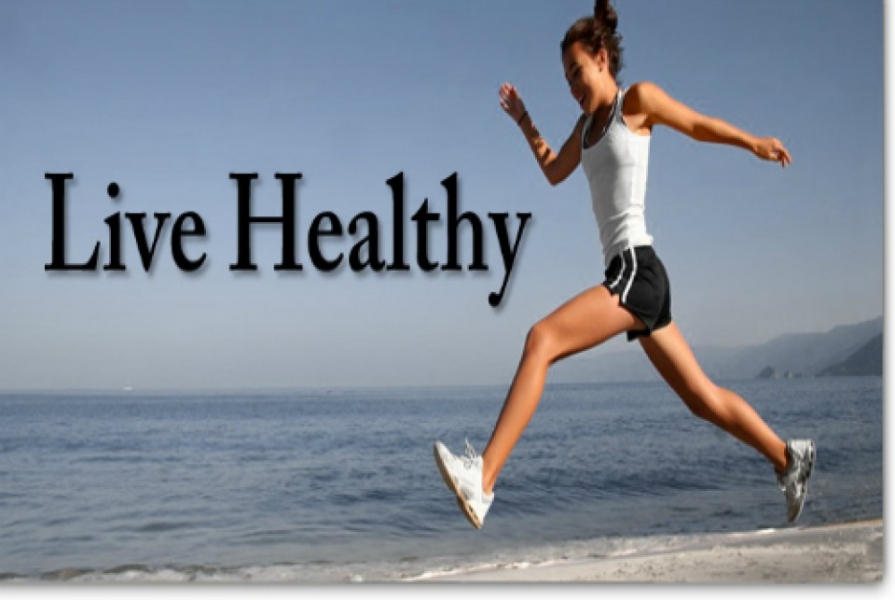Author: Ola Thomas | Category: Fitness | Tags: Cardio, Core HIIT workouts, CrossFit, cycling, exercise, Extreme bodybuilding, Fitnesshub, Gym, health, healthy juices, Healthy lifestyle, kiwi Strength, nutrition, Running, Sleep detoxification, swimming, The Power of Meditation, Weightlifting, wellness, Workout, yoga
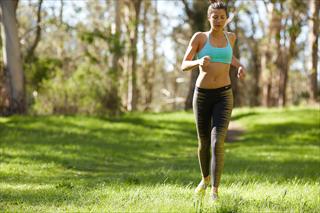
In today’s fast-paced and technology-driven world, finding time to exercise can be challenging. However, stepping outside and engaging in outdoor exercise can provide numerous benefits for both our physical and mental well-being. One of the key advantages of outdoor exercise is the opportunity to breathe in fresh air and immerse ourselves in nature. In this article, we will explore the benefits of outdoor exercise, focusing on the positive impact of fresh air and nature on our overall health and happiness. (more…)
23 Apr 2024
Author: Ola Thomas | Category: Fitness | Tags: Cardio, Core HIIT workouts, CrossFit, cycling, exercise, Extreme bodybuilding, Fitnesshub, Gym, health, Healthy lifestyle, nutrition, Running, Sleep detoxification, swimming, The Power of Meditation, Weightlifting, wellness, Workout, yoga

Extreme bodybuilding is a subset of the sport that pushes the boundaries of physical fitness. It involves intense training, strict dieting, and a disciplined lifestyle. (more…)
11 Apr 2024
Author: Ola Thomas | Category: Fitness | Tags: Cardio, Core HIIT workouts, CrossFit, cycling, Diet recipes, exercise, Fitnesshub, Gym, health, Healthy lifestyle, Running, Sleep detoxification, swimming, Weightlifting, wellness, Workout, yoga
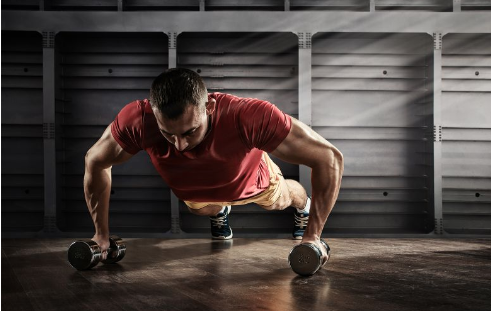
Core HIIT workouts : High-intensity interval training (HIIT) has become a popular form of exercise due to its efficiency and effectiveness in burning calories and improving cardiovascular fitness. One specific type of HIIT workout that has gained traction in recent years is Core HIIT. This article will explore the benefits and key components of Core HIIT workouts. (more…)
28 Mar 2024
Author: Ola Thomas | Category: Fitness | Tags: Banana, Cardio, colon flush, CrossFit, cycling, Diet recipes, exercise, Fitnesshub, Gym, health, healthy juices, Healthy lifestyle, nutrition, Running, Sleep detoxification, swimming, The Power of Meditation, Weightlifting, wellness, Workout, yoga

Staying motivated to exercise regularly can be a challenge, especially when faced with exercise plateaus. These plateaus occur when progress seems to stagnate, and it becomes difficult to see any further improvement. However, with the right mindset and strategies, you can break through these plateaus and stay motivated on your fitness journey. In this article, we will explore effective ways to stay motivated and overcome exercise plateaus. (more…)
15 Mar 2024
Author: Ola Thomas | Category: Food Facts | Tags: Banana, Cardio, Diet recipes, exercise, Fitnesshub, Ginger, Grapes, health, healthy juices, Healthy lifestyle, juices, kiwi Strength, nutrition, Sleep detoxification, swimming, The Power of Meditation, Tiger nuts, Turmeric, Weightlifting, wellness, Workout, yoga

Grapes are not only delicious and versatile, but they also offer a wide range of health benefits. These small, round fruits come in various colors, including red, green, and black, and are enjoyed by people of all ages. In this article, we will explore the numerous health benefits of grape and why they should be included in your daily diet. (more…)
05 Mar 2024
Author: Ola Thomas | Category: Diet & Nutrition | Tags: Banana, Cardio, colon flush, CrossFit, cycling, Diet recipes, exercise, Fitnesshub, Ginger, Gym, health, healthy juices, Healthy lifestyle, juices, kiwi Strength, nutrition, Running, Sleep detoxification, swimming, The Power of Meditation, Tiger nuts, Turmeric, Weightlifting, wellness, Workout, yoga
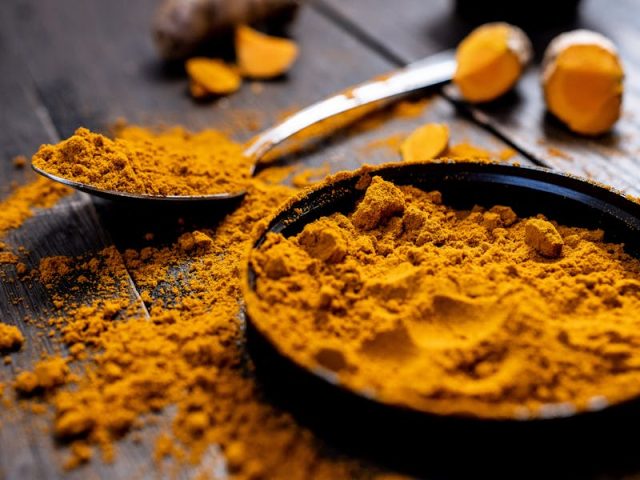
Turmeric, a vibrant golden spice, has been used for centuries not only to add flavor to dishes but also for its numerous health benefits. This ancient root, commonly found in South Asian cuisines, contains a compound called curcumin, which is known for its powerful antioxidant and anti-inflammatory properties.
(more…)
26 Feb 2024
Author: Ola Thomas | Category: Diet & Nutrition | Tags: Banana, Cardio, colon flush, CrossFit, cycling, Diet recipes, exercise, Fitnesshub, Ginger, Gym, health, healthy juices, Healthy lifestyle, juices, kiwi Strength, nutrition, Running, Sleep detoxification, swimming, The Power of Meditation, Tiger nuts, Weightlifting, wellness, Workout
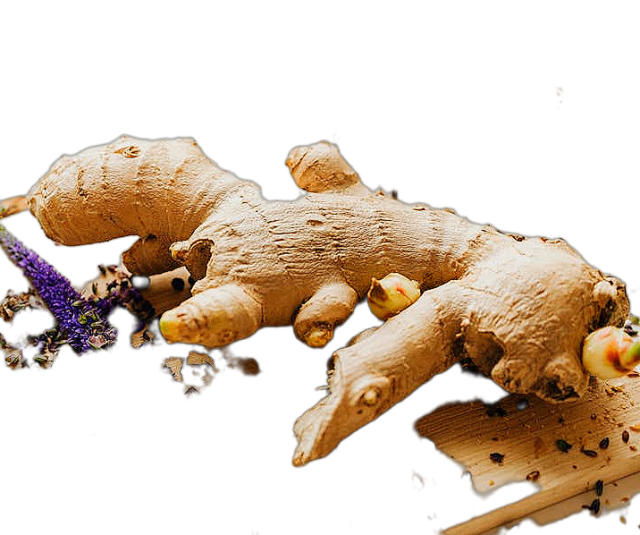
Ginger, with its distinct flavor and aroma, is not just a popular spice in cuisines around the world but also a powerhouse of health benefits. This knobby root, commonly used in Asian and Indian cooking, has been valued for centuries for its medicinal properties and culinary versatility.
(more…)
21 Feb 2024
Author: Ola Thomas | Category: Health | Tags: Cardio, colon flush, CrossFit, cycling, Diet recipes, exercise, Fitnesshub, Gym, health, healthy juices, Healthy lifestyle, juices, kiwi Strength, nutrition, Running, Sleep detoxification, swimming, The Power of Meditation, Weightlifting, wellness, Workout, yoga

Sleep is not just a luxury or a time to rest; it is a crucial component of overall health and well-being. Getting an adequate amount of quality sleep is essential for our bodies to function optimally and to maintain good health. Here are some of the key health benefits of getting enough sleep (more…)
17 Feb 2024
Author: Ola Thomas | Category: Fitness | Tags: Cardio, CrossFit, cycling, exercise, Fitnesshub, Gym, health, Healthy lifestyle, nutrition, Running, swimming, The Power of Meditation, Weightlifting, wellness, Workout, yoga
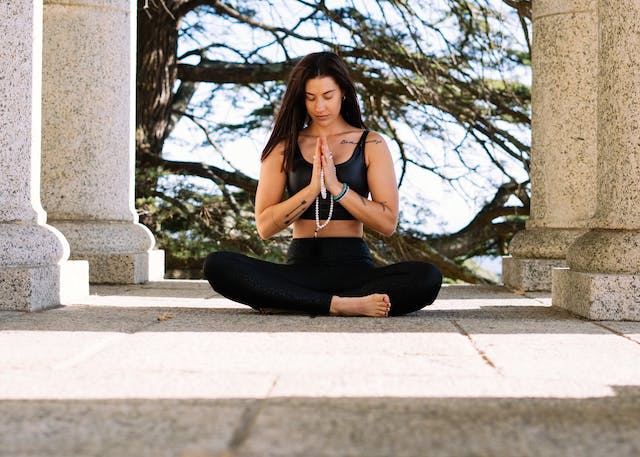
The Power of Meditation: Unveiling its Profound Health Benefits
In today’s fast-paced world, where stress and anxiety have become the norm, finding moments of calm and peace is essential for maintaining overall well-being. Meditation, a centuries-old practice, offers a sanctuary for the mind and body. Beyond its spiritual roots, meditation has gained increasing recognition for its remarkable health benefits. Let us delve into the transformative power of meditation and explore the numerous ways it can enhance our mental, emotional, and physical health.
(more…)
13 Feb 2024
Author: Ola Thomas | Category: Food Facts | Tags: Banana, Cardio, colon flush, CrossFit, cycling, Detoxification, Diet recipes, exercise, Fitnesshub, Gym, health, healthy juices, Healthy lifestyle, juices, Kiwi, nutrition, Running, Strength, swimming, Tiger nuts, Weightlifting, wellness, Workout, yoga

Kiwi is a small, oval-shaped fruit that is not only delicious but also packed with numerous health benefits. Native to China, it is now widely cultivated in several countries, including New Zealand, which is renowned for its high-quality of the fruit. This vibrant green fruit is not only a delightful addition to your fruit bowl but also a powerhouse of nutrients. In this article, I will explain the amazing health benefits of kiwi and why you should consider adding it to your diet. (more…)
08 Feb 2024

